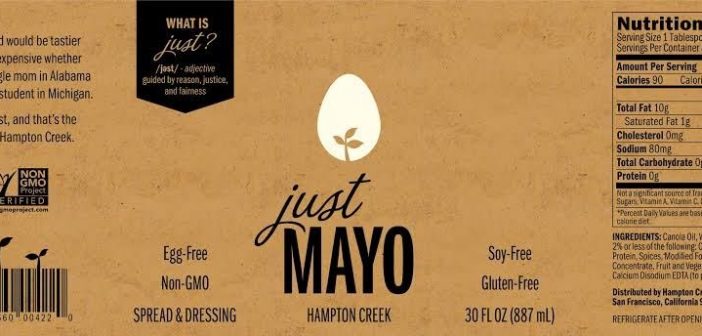Is there egg is this cappuccino? Can traces of eggs be found in marshmallows? If you’re living with an allergy to eggs, you’ll know that eggs can be found in a variety of different places, with some being more obvious than others.
If you’ve just discovered that you, or your child, are suffering from an egg allergy, there are a number of lifestyle changes that you’ll have to make. Firstly, you’ll have to learn how to read the ingredients on all food labels for any egg ingredients. Secondly, you’re going to need to familiarize yourself with common and uncommon foods that can contain eggs, in order to protect yourself, or your child, from these foods and the reactions that can occur after consumption.
As one of the most common food allergies, you’re not alone if you’re suffering from an egg allergy. However, if you’ve discovered that your child is allergic to eggs, you may find that they grow out of this by the time they’re 5, or during their teenage years. Others have to put up with this allergy their entire life, which is why getting to grips with eggs, their different forms and the hidden parts you may find contained in foods is crucial to living with your egg allergy.
If you can make sure you’re clued up on what’s what when it comes to eggs, you’ll be able to protect yourself from the sometimes harmful allergic reactions that can be triggered by them.
Ingredients to Avoid
It goes without saying that anything with “egg” listed as an ingredient is an absolute no-no for you, but there are also some other ingredients that are best avoided. Anything with ova or ovo at the start of it, indicate that egg is one of the present ingredients. Ingredients to look out for on packets of food are: vitellin (contained in egg yolks); simplesse (a fat replacement); silici albuminate, powdered eggs, ovovitelling (contained in egg yolks); ovavitelia (contained in egg yolks); ovotransferring (contained in egg whites); ovomucoid (contained in egg whites); ovomucin; ovoglobulin; ovalbumin (contained in egg whites); lysozyme (contained in egg whites); livetin (contain in egg yolks); globulin; eggnog; egg wash; egg, egg white, egg yolk; dried egg solids, dried egg; apovitellin (contained in egg yolks); and albumin.
These are complicated words that will take some time to learn, however, keeping a list handy when you go shopping will help you to be sure when you’re buying your food.
Foods that Can Contain Egg
There are a number of foods that can sometimes contain eggs and even though there are certain cases where they may not do, they’re best avoided unless you can be 100% sure that there’s no egg in them. Things like mayonnaise, which is made with egg yolks, shouldn’t be consumed unless you purchase an egg-free substitute like Hampton Creek’s Just Mayo (you can read about Hampton Creek here).
That said, while this mayonnaise substitute is free from eggs, products labeled “egg substitute” might not be free from eggs. Instead, this is normally introduced to cut down how much cholesterol is found within a whole egg, meaning these egg substitutes are often made by just using the egg whites.
Other things include baked goods, where eggs are often used to bind, emulsify or aerate, including casseroles, pies, cookies or cakes. Eggs can also be used in various meats to bind them together, so be wary of things like meatballs and burgers.
Consider food items that may have had egg wash put on them, e.g. bagels, pies or pretzels, as eggs will help to give them their shiny appearance but won’t be safe for you to eat if you have an allergy. French toast is another no-no as this is dipped in a mixture that contains eggs before it is baked in the oven.
More uncommon sources of eggs include cappuccinos and other specialist coffee drinks, as many may not realize that egg whites can sometimes be used to give the drink a foamy top. Pasta is another unsuspecting source of egg as even though it doesn’t directly contain egg it can often be produced in a factory that does use eggs, therefore cross-contaminating the pasta. Food manufacturers are legally required to stipulate this on their packaging, though.
Other Things to Consider
It’s virtually impossible to separate an egg white from an egg yolk, so even if you’re allergic to one form of the egg and not the other, it’s still best to avoid the entire egg. You should also speak to your doctor about the flu vaccine as this does contain a small amount of egg; and other eggs, including quail, goose, turkey or duck eggs, can produce the same reactions as chicken eggs, so avoid these too.
Hayden Porter is raising awareness of egg allergies through her articles which appear on a number of parenting, lifestyle and health blogs. Hayden has suffered with an egg allergy since she was a young child and wants to make others aware of the problem she faces daily.




